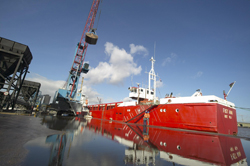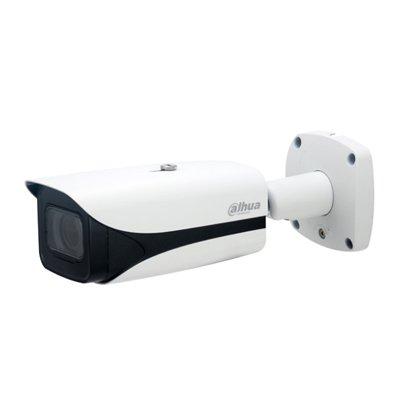In 1960, the Canadian mass media theorist Marshall McLuhan commented, when discussing the impact of the new electronic media, that 'the world' had been transformed into "a global village". The example given was that when a major event such as an earthquake occurs, we all end up knowing about it. Of course the connections which now bind the far-flung corners of our planet are not confined to television or the virtual world of the Internet.
For a physical indication of our mutual interdependence, one only has to visit the dockside of any major sea port, where the markings displayed on row after row of shipping containers offer up a veritable who's who of trading nations. In Britain, the sea has been our lifeblood for many centuries and continues to be the preferred route for our exporters and importers. We are not alone in this as 90% of all global trade is conducted in this way, carried by more than 50,000 merchant ships, and - despite advances in airfreight - the bottom line economics mean that this proportion is unlikely to change anytime soon.
Given the pre-eminence of this mode of transport in global trade, it is not surprising that great efforts are now being taken to secure all aspects of the maritime supply chain against attack by pirates, terrorists and criminal gangs.
 |
| Many larger vessels are now being fitted with shipboard CCTV systems to provide some early warning of an impending attack |
Turning from the sea lanes to the protection of ports and the valuable cargo they handle on the dockside, we are seeing ever more sophisticated networked CCTV systems being applied and the growing application of associated techniques such as video analytics.
In the port environment, video analytics is being utilised in a growing number of areas to manage risk. At the perimeter of these large-scale sites, it can detect human intruders, and further into the port be applied to count people in or out of controlled areas or to trigger an alert based on the direction of flow of people. Video analytics also comes into play with regards to the detection of left or removed objects. A left object - in light of the terrorist threat - could potentially be an explosive device, whilst a removed object could be a valuable item of cargo. Other types of video analytics which are proving effective on the dockside include ANPR to log number plates allowing the port to build-up "friend" or "foe" databases and advanced video smoke detection to provide vital early warning of fires in warehouses and fuel/chemical storage areas.
More and more ports are also adopting a common architecture for their CCTV systems from mobile digital DVRs to IP cameras to facilitate deeper integration in large-scale distributed video applications. The attraction here is that any device attached to a port's network will integrate seamlessly with other compatible systems, allowing common image indexing techniques to be employed and managed, without the potential loss of performance or functionality. Effective integration with access control is also essential in this kind of environment where a visual confirmation of a person can be achieved through the CCTV system.
Given the scale of a typical port, it is critical that any IP CCTV solution can be readily managed through an effective Graphical User Interface, with easy access to live and recorded images. An interface should be intuitive for the port's security staff. This greatly simplifies and speeds up image retrieval, which can be so critical if an incident does occur. Ideally, operators responsible for a port's security should be able to simply drill down from an aerial view of the port to select and zoom in on an area of interest - for example where trailers are parked-up - and pick and click cameras from the site's database to view the images they require.
| More and more ports are also adopting a common architecture for their CCTV systems from mobile digital DVRs to IP cameras to facilitate deeper integration in large-scale distributed video applications |
In the end, given the pre-eminence of maritime trade, the emphasis which governments and ship and port operators are placing on security has to be welcomed. For today's ports which are at the very heart of these operations, the latest network-enabled Video over IP CCTV systems bring a new level of flexibility to surveillance operations, support image storage, fast retrieval and wide distribution, and can easily be extended to meet changing demands.

















